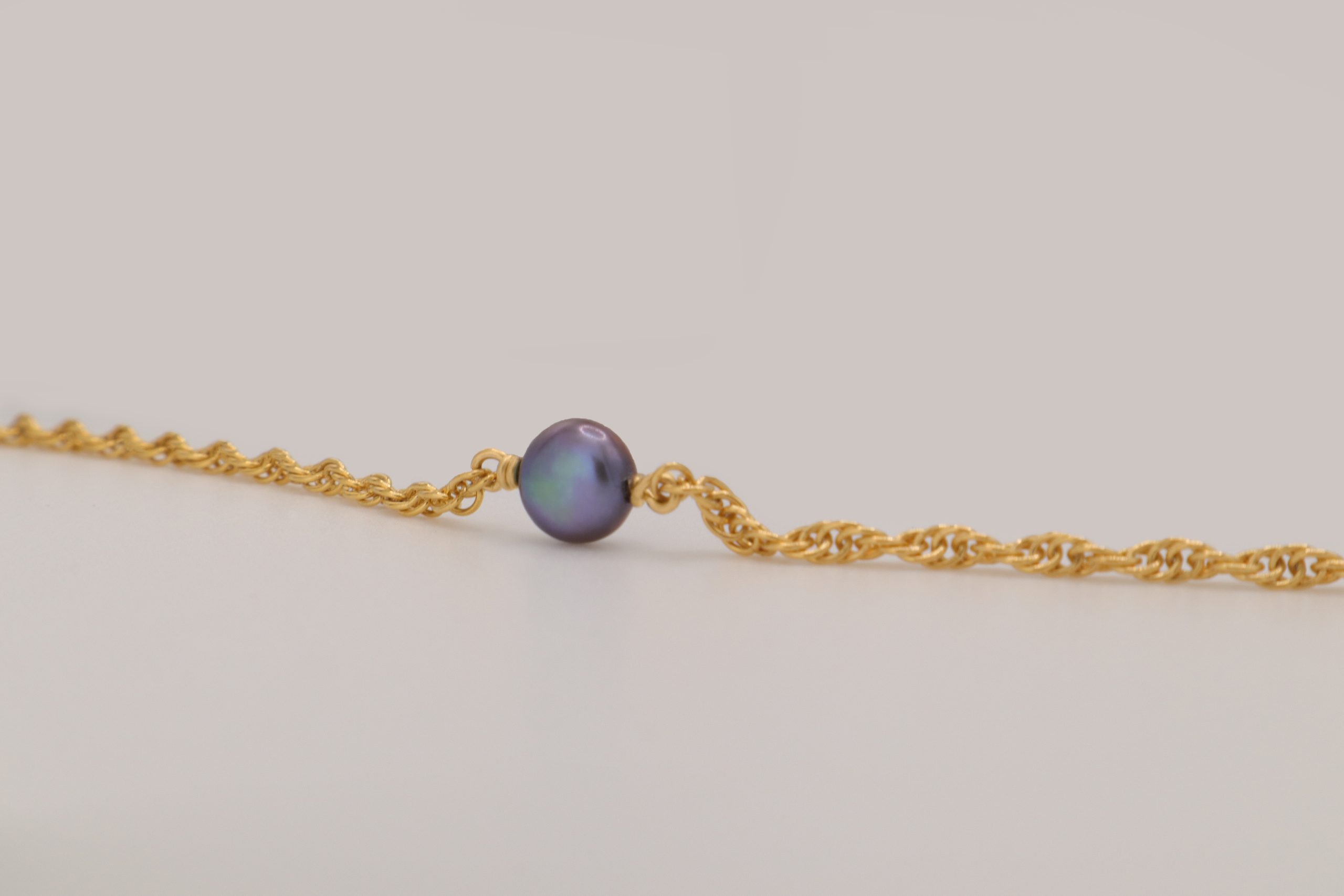
The jewelry industry is undergoing a major transformation. Consumers today are increasingly aware of the environmental and social impact of the products they buy, and sustainable jewelry offers a way to enjoy elegance while making responsible choices. Beyond aesthetics, sustainable jewelry reflects ethical sourcing, eco-conscious production, and thoughtful design. By choosing sustainable pieces, you not only elevate your style but also support practices that protect the planet, respect labor, and preserve natural resources.
Whether you’re shopping for everyday wear, special occasions, or statement pieces, understanding sustainable jewelry helps you make choices that align with your values and your wardrobe.
Traditional mining can have devastating effects on the environment, including deforestation, water pollution, and carbon emissions. Sustainable jewelry brands often use recycled gold, silver, and platinum, which reduces environmental impact while maintaining the luxury look of precious metals.
Example: A recycled gold chain or ring can look identical to mined gold but carries a story of sustainability.
Gemstones like diamonds, sapphires, and rubies are highly sought after, but traditional mining can involve human rights violations and environmental harm. Sustainable options include:
Why it matters: Choosing conflict-free or lab-created stones ensures that your jewelry doesn’t contribute to unethical labor or ecological damage.
Style Tip: Lab-created gemstones can be incorporated into daily wear pieces like stud earrings or stacking rings without compromising luxury aesthetics.
Sustainable jewelry isn’t just about materials it’s about how pieces are made. Ethical brands prioritize:
Why it matters: Conscious production reduces the environmental footprint of jewelry, making every purchase an investment in the planet.
Example: A handcrafted bracelet made from recycled silver using minimal packaging reduces carbon emissions compared to mass-produced alternatives.
Transparency is key when choosing sustainable jewelry. Ethical brands often provide information about their sourcing, production, and labor standards.
Sustainable jewelry is about quality over quantity. Choosing classic, versatile pieces reduces the need for constant new purchases and supports a longer-lasting collection.
Sustainability can also mean exploring non-traditional materials. Many designers are incorporating:
Why it works: These materials are durable, stylish, and often lighter on the environment than traditional mined alternatives.
Buying from local artisans and small jewelry brands ensures:
Style Tip: Artisan-made jewelry often includes unique designs and personalization options, adding character to your sustainable collection.
Sustainable jewelry allows you to look beautiful while shopping responsibly. By prioritizing ethically sourced metals, conflict-free or lab-created gemstones, eco-conscious production, and timeless design, you can curate a jewelry collection that aligns with both style and values. Supporting local artisans, small businesses, and brands that champion sustainability ensures every piece you wear tells a story of conscience and elegance.
With sustainable jewelry, luxury doesn’t have to cost the planet you can shine while making choices that matter.